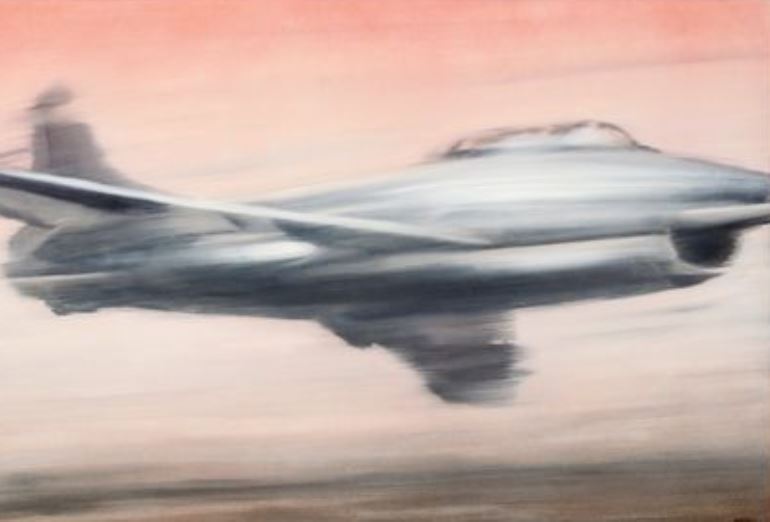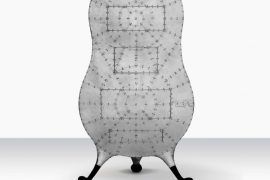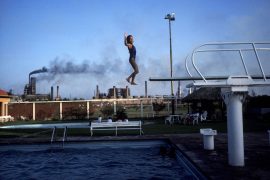Gerhard Richter’s masterful photorealist painting Düsenjäger will lead Phillips’ Evening Sale of 20th Century & Contemporary Art on 16 November.
One of the earliest of Richter’s recognized works, Düsenjäger was completed as part of the artist’s small and celebrated group of warplane pictures and was included in the artist’s landmark retrospective at The Art Institute of Chicago in 2002.
The painting, estimated at $25-35 million, was last sold at auction in 2007 and set a record auction price for the artist of $11.2 million.
Jean-Paul Engelen, Phillips’ Worldwide Co-Head of 20th Century & Contemporary Art, said, “We’re honored to include Düsenjäger from Gerhard Richter’s series of warplanes in our sale, which is easily the most important work by the artist to have ever been offered by Phillips. His photorealist paintings, especially those of such high quality, are rare to the market and the auction on November 16th presents an exceptional opportunity for collectors and institutions to acquire such an iconic work.”
Gerhard Richter’s Düsenjäger dates from 1963, the most important juncture in his career, when he began to create the Photo Paintings that were to garner wide recognition. This picture dates from the very inception of Pop Art and reveals both the similarities and differences between its incarnations on each side of the Atlantic. Having read about the American movement in Art International, Richter began to identify himself as a Pop artist by 1963, seeing a kinship in the work of Roy Lichtenstein, with both artists exploring the themes of media-based imagery and mass culture phenomenon. Completing only eight paintings in this seminal warplane series, four currently reside in museum collections.
Unlike the brash, often colorful works of the American Pop Artists, Richter’s paintings retained an inscrutability and distance. His Pop Art played with images from the media and from his own collection, transforming them into paintings in a manner that pointed to the absurdity of the entire notion of representation in the post-war era. While the subject matter appears heavy in Düsenjäger, Richter insists that it was selected as part of the program of provocative detachment that he and his contemporaries were exploring at that time. In a sense, Richter’s Düsenjäger can be seen as a cynical and provocative response to the changing times. The positivity that had driven the post-war reconstruction of West Germany had been tarnished by recent events, along with the overarching tensions of the Cold War.
Düsenjäger, and his other 1963 warplane painting, Bomber, both tap into that heady and complex combination of excitement and terror. Having grown up near Dresden and viewing World War II through the eyes of a child, war held a lingering fascination and excitement for Richter. In Düsenjäger, Richter reveals some of that excitement in the visible sense of velocity. With its blush of colour, Düsenjäger avoids the constraints of the grisaille that characterised many of Richter’s earliest Photo Paintings. The blurring effect that Richter often brings to these pictures, highlighting their artifice, is here used to vivid effect, with the combed brushwork adding a sense of dynamism to Düsenjäger that is only heightened by the composition, with the nose of the plane escaping the picture surface, hinting at a hastily-taken photographic source. The result is a moment capturing speed, action, and activity – still present today more than fifty years after its creation.
Auction: Wednesday, 16 November 2016, 5pm
450 Park Avenue, New York




